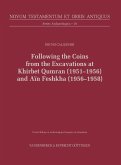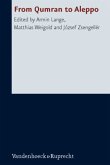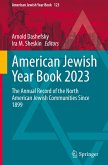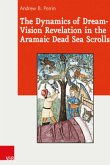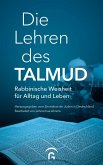Khirbet Qumran and Ain-Feshkha III A:For 60 years Qumran research has been focused on epigraphy, exegesis, and the historical sources of the Dead Sea Scrolls. Now the time has come to provide researchers with a complete documentation.
Following the Coins from the Excavations at Khirbet Qumran (1951-1956) and Aïn Feshkha (1956-1958):The Qumran coins are worthy of a novel. Now they are finally published and provide the possibility to suggest that Qumran was a very open centre for trade and transactions, at least from finally the end of the second century BC until the destruction of the site in 70/72 CE.This documentation provides a new reasoning on effective data - not on assumptions.
Hinweis: Dieser Artikel kann nur an eine deutsche Lieferadresse ausgeliefert werden.
Following the Coins from the Excavations at Khirbet Qumran (1951-1956) and Aïn Feshkha (1956-1958):The Qumran coins are worthy of a novel. Now they are finally published and provide the possibility to suggest that Qumran was a very open centre for trade and transactions, at least from finally the end of the second century BC until the destruction of the site in 70/72 CE.This documentation provides a new reasoning on effective data - not on assumptions.
Hinweis: Dieser Artikel kann nur an eine deutsche Lieferadresse ausgeliefert werden.


